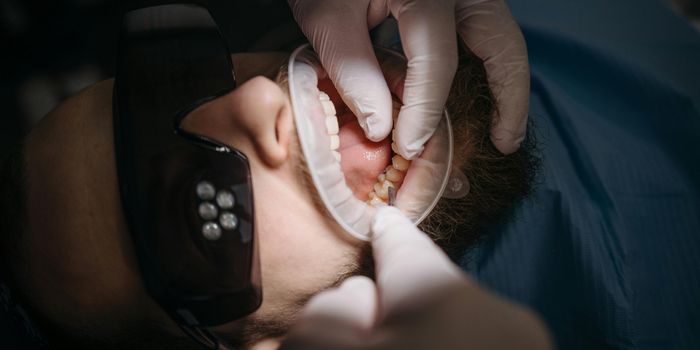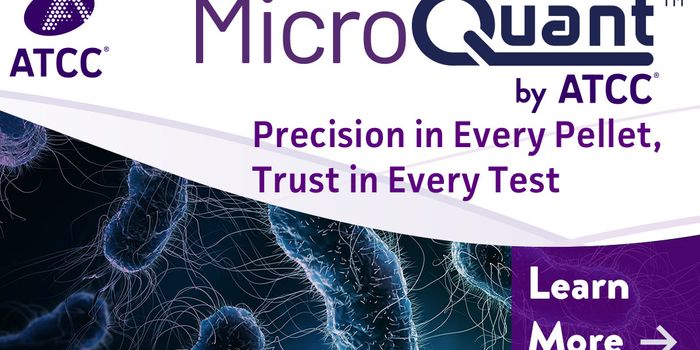Repurposing Drugs: New Uses for Old Drugs
The repurposing of drugs for new indications has become of topic of major interest, and offers a way by which new treatments in one field can be moved forward more rapidly into patients in the clinic using already approved drugs from another field. This notion is particularly appealing since the work-up and approval process for new, unapproved drug candidates can last a decade or better albeit recent efforts to speed up the pipeline. In the event that drug-repurposing studies provide enough empirical evidence that a particular drug is effective in “off-label” context, physicians can readily initiate clinical trials or treat patients at their discretion.
One relatively recent example of successful drug repurposing is the compound metformin, trade name Glucophage, which was approved by the FDA in the United States in 1994 and is widely used as a first line medication for type II diabetes, particularly in those who are overweight. Although multiple additional uses for metformin have been reported including use in polycystic ovary syndrome and cardiovascular disease, it is now being heavily studied for the use in multiple cancer types. Aung Naing, MD, an investigator at MD Anderson Cancer Center in Houston, Texas who focuses on Phase I studies in drug development, was quoted as saying “This oldie for endocrinologists is the new kid on the block for oncologists” in reference to metformin for use in cancer treatment. It has proven effective in lung cancer patients harboring a particular mutation in the LKB1/STK11 gene, as well as in multiple other cancer types.
Similarly, the immunomodulatory drug thalidomide, trade name Immunoprin, was originally approved by the FDA in the United States in 1998 as a leprosy treatment. Prior to that, thalidomide had been approved in Europe in the 1950s for use as a sedative medication. Shortly thereafter, thalidomide was found to have effect in cancer, particularly those of the blood, and was able to be moved straight into Phase II clinical trials at the Mayo Clinic, skipping Phase I trials to test safety and dosing, which could have otherwise taken years to complete. By 2006, the FDA granted accelerated approval for thalidomide in the treatment of patients with the blood borne cancer, multiple myeloma.
Another example of note includes galantamine, having multiple trade names, which was originally approved in 2001 as an acetylcholinesterase inhibitor for use in Alzheimer’s disease, but is now being investigated for use in smoking cessation. The drug sildenafil, trade name Viagra, was originally used for treatment of cardiovascular disease prior to being approved for erectile dysfunction after erections appeared as a side effect of its use during Phase I clinical testing. These are just a handful of examples of successfully repurposed drugs, but with this field rapidly gaining attention, the list of examples will continue expand. Novel therapeutic compounds emerging from drug discovery screening efforts often get held up or never make it into the clinic due to poor pharmacokinetic properties, toxicities, and safety issues. The repurposing of already approved compounds offers a major advantage then, as they have already been thoroughly investigated and deemed safe and can expedite the process of providing new drug options for a myriad of diseases.
Additional sources: MD Anderson, Wikipedia, Pixabay, Youtube








